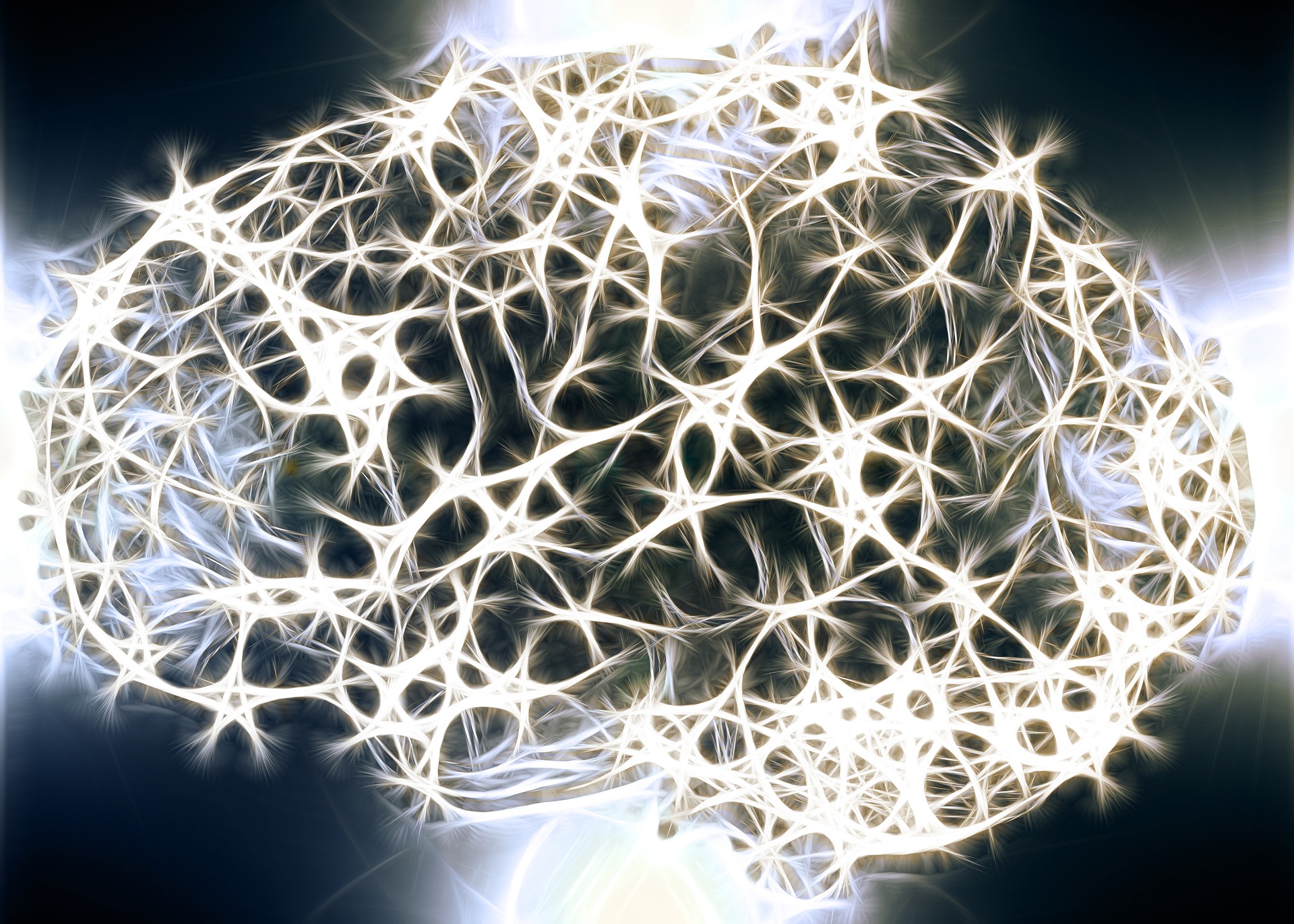There are two main types of strokes: hemorrhagic and ischemic. A hemorrhagic stroke is due to a blood vessel in the brain rupturing, causing blood to collect in the brain. In an ischemic stroke, blood flow to the brain is blocked by a clot that has formed in the blood vessel. Following an ischemic stroke, the damage to blood vessels can lead to the formation of cerebral small vessel disease (SVD), which causes cognitive deficiencies and may lead to dementia. A research team from the St. George’s University of London has established a new advanced MRI technique that can aid in the detection of stroke-related dementia.
MRI is a medical technique that uses strong magnetic fields to generate images of organs and tissues. MRI scans are an extremely useful tool in the medical field as they can help diagnose tumors, joint issues, cancers, and brain/spinal cord abnormalities. The development of cerebral SVD leads to changes in the white matter in the brain, termed white matter hyperintensities, which can be detected by MRI.
Image Source: Jochen Sand
The research team used a new MRI analysis technique called diffusion tensor imaging (DTI) that provides information on the microstructure of brain tissue. This high-resolution imaging can detect regions of the brain that are damaged and was found to be able to detect changes associated with SVD like white matter hyperintensities and grey matter atrophy (weakening that can lead to loss of function). DTI analysis was used in a clinical study on 99 individuals diagnosed with SVD caused by an ischemic stroke. The patients underwent annual MRI scans for three years and performed annual cognitive tests (thinking tests) for five years. Over the course of the study, the researchers found that the use of DTI could accurately measure the severity of SVD and predict the onset of dementia. In fact, 18 of the participants in the study developed dementia with the average development time being three years and four months.
The results of this study are promising due to the fact that ischemic strokes are the most common type, affecting around 87 percent of all stroke patients. However, since this study was only performed on a group of individuals with the same condition, it is impossible to know whether or not this predictive ability of DTI applies to other forms of small vessel disease. By using these imaging techniques on patients who have small vessel disease originating from other sources, the researchers can potentially test whether or not DTI can be a universal method of diagnosis for SVD.
Featured Image Source: Gerd Altmann










